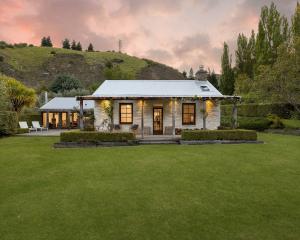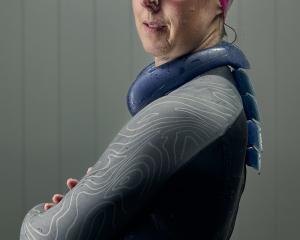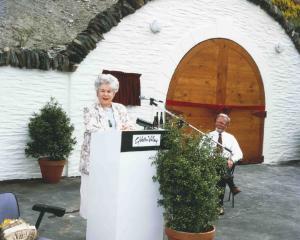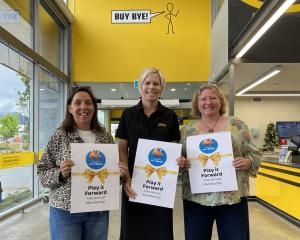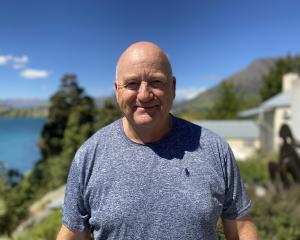History and art history student Logan Todd (21), of Dunedin, has been delving into the archives of the Lakes District Museum, surrounded himself with piles of books, newspapers, photographs, minutes of meetings, publications for anniversaries and using a laptop to gain access to the Hocken Library, Papers Past and Archives New Zealand websites.
Mr Todd, who is considering a career in the museum sector, is one of five interns who are each spending a week in the museum in Arrowtown and in the field to research the histories of 10 heritage buildings or sites.
His work has uncovered the forgotten history of horse-racing clubs and tracks in the Wakatipu, once located where Butel Park is now in Arrowtown, off Atley Rd at Arthur's Point and the land now occupied by
Queenstown Airport at Frankton.
Mr Logan and museum director David Clarke took a field trip to examine and document a 19th-century peeling, cracked lime-washed schist stone structure at Lucas Pl, Frankton, which was incorporated into a hangar for the pioneering tourism company Southern Scenic Airways in the 1940s.
The duo believe the structure was once the public open-air, plank-seated grandstand for the Wakatipu Jockey Club.
The club's first chairman in 1863 was Queenstown founding father William Gilbert Rees.
The interns each write an illustrated 2000-word report about the homesteads, cottages, structures or monuments they have been assigned, for use by the museum, the Wakatipu Heritage Trust and the Department of Conservation.
Their reports are also supplied to the Queenstown Lakes District Council.
The reports will be the first line of defence for conservationists as evidence for the protection of heritage hotspots in the face of development.
''It's satisfying to know the work you're doing will help conserve historical buildings and sites for generations to come,'' Mr Todd said.
Mr Clarke said the initiative was designed to catch up on the work of the inventory of 300 potential heritage spots in the district plan. More than 150 spots have been profiled so far and the internship was likely to run again next year.
